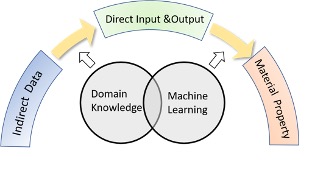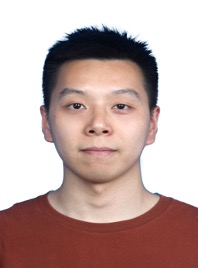Digging out Precious Information Hidden
Behind Indirect Experimental Data of Fiber-reinforced Composites using Machine Learning
Approach
Cheng
Qiu, Jinglei Yang*
Hong Kong
University of Science and Technology, Hong Kong SAR, China
ABSTRACT: In composites science
field, with the guidance of domain knowledge, machine learning has been used as
response predictor to generate mechanical and non-mechanical response of
composite structure or as inverse design tool to accelerate material or
structure design process. Here, we are aiming at using machine learning to dig
out the hidden information of composites from indirect data measured by simple
experiments. While experimental data is sometimes limited by the insufficient
prepared samples, measuring equipment, or lack of ability to show real-time
information inside laminates, some information of laminates are hard to be
directly shown by experimental data. For example, the in-situ strength of
embedded single-ply, load distribution ratio of composite mechanical joint and
so on. However, with the help of machine learning model and domain knowledge to
enhance understanding of experiment-related properties, it is possible to find
out more about this hidden information behind indirect experimental data. The
machine-learning based framework (Fig.1) can be either used as an alternative
way to obtain properties of composites, or as a design tool for quick selection
of material used in structure. Two examples are given. One is that with the
incorporation of Finite Fracture Mechanic, our machine learning model can
provide as a simple way to acquire crack resistance curve of fiber reinforced
laminates by experimental measuring strength of center-cracked laminates.
Another one is the layer-wise design of composite structure under a specific
stiffness or strength requirement. By combining of neural network systems with
finite element model to interpret the indirect inputs, our machine learning
model can determine the needed single-ply property and layup design.

Keywords: Machine Learning; Neural Network; Experimental Data; Material Property

Dr. Cheng Qiu has completed his PhD at the age of 26 years old from Beihang University in 2019, majoring in mechanics of composites. He is now conducting Postdoctoral studies at the Department of Mechanical and Aerospace Engineering of the Hong Kong University of Science and Technology. His current research interest is the data-driven design of composite structures, and manufacturing/characterization. He has published more than 10 scientific papers, including on Composites Part B: Engineering, and Journal of Sandwich Structures & Materials.